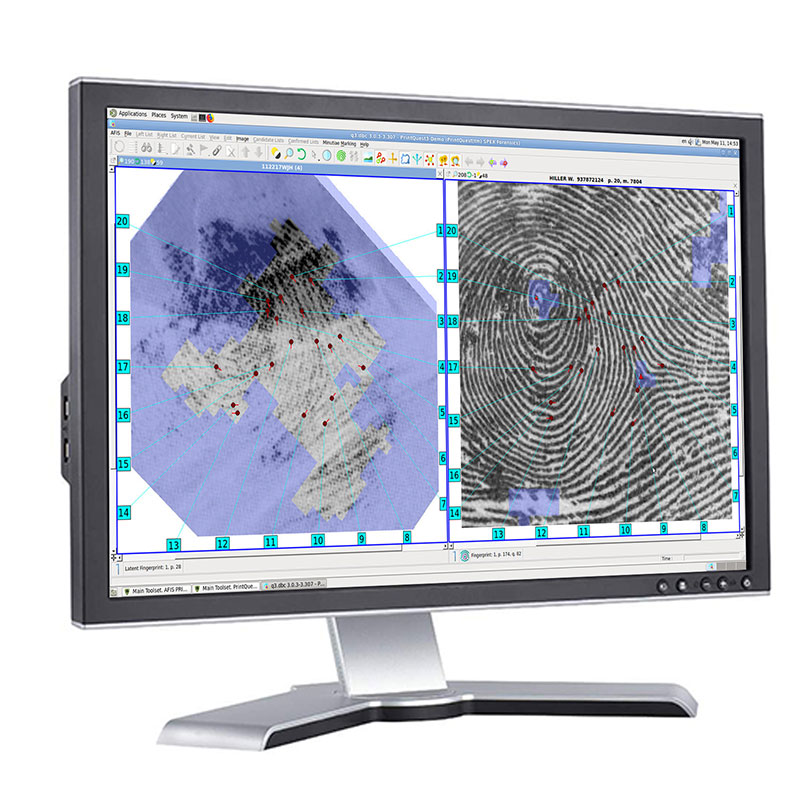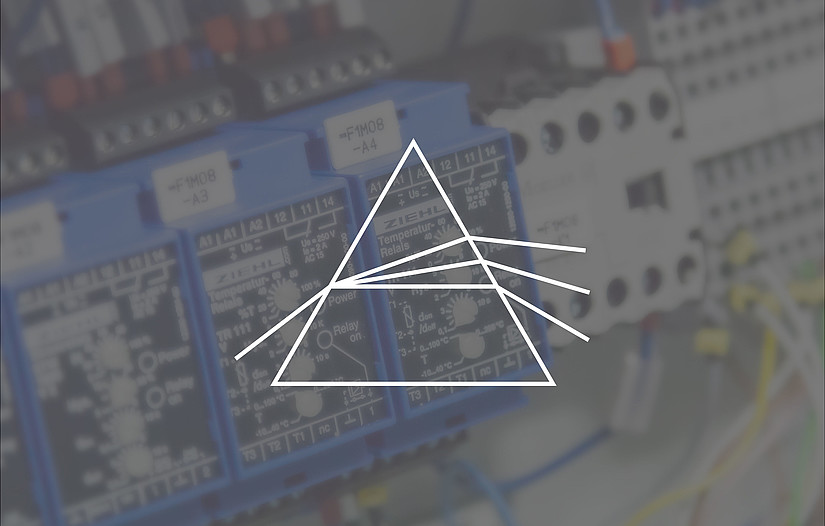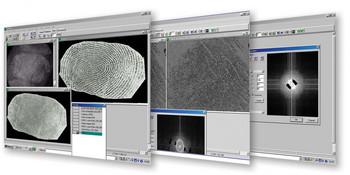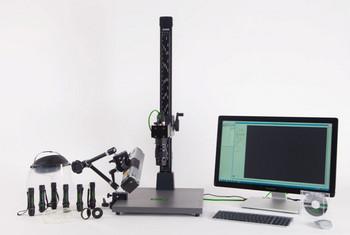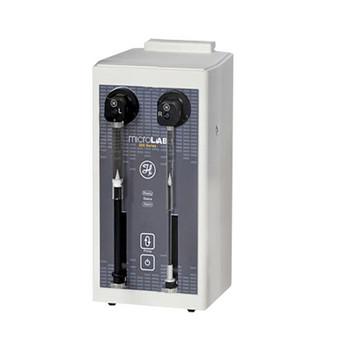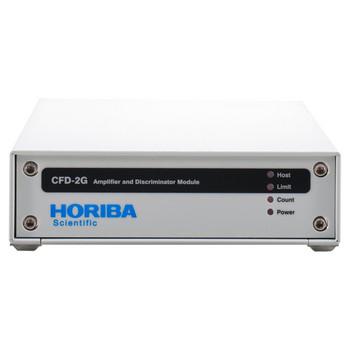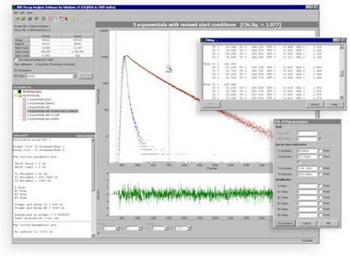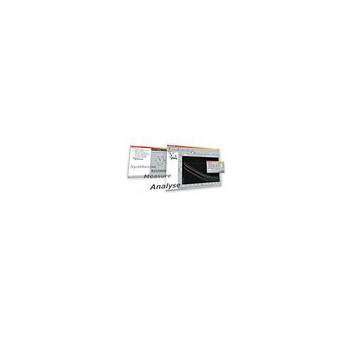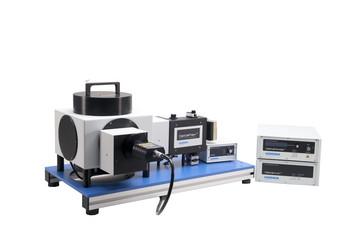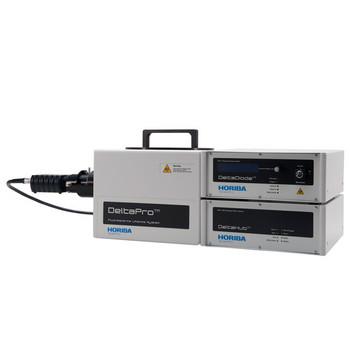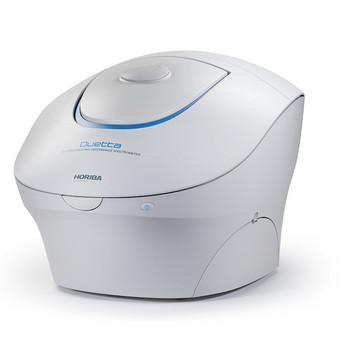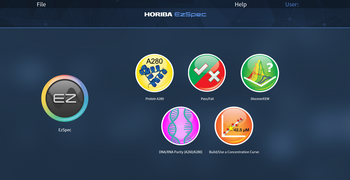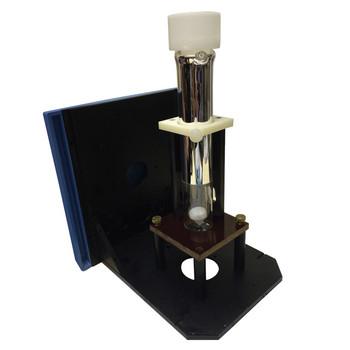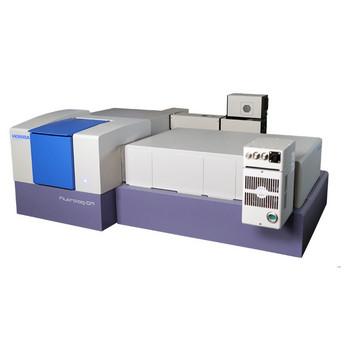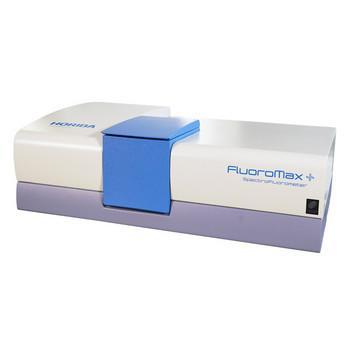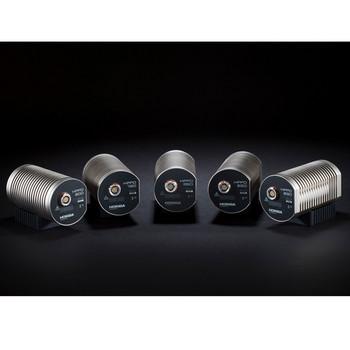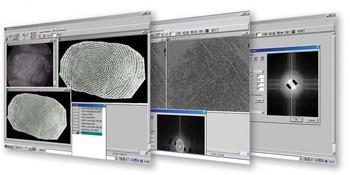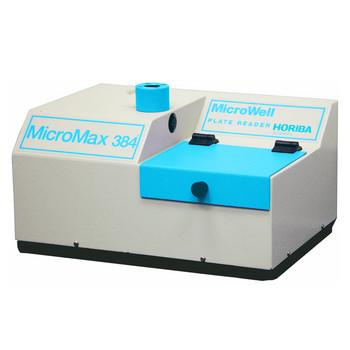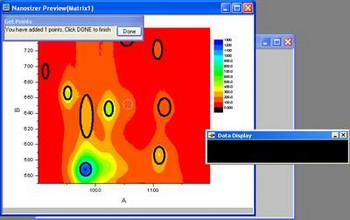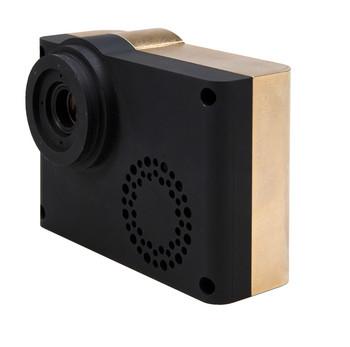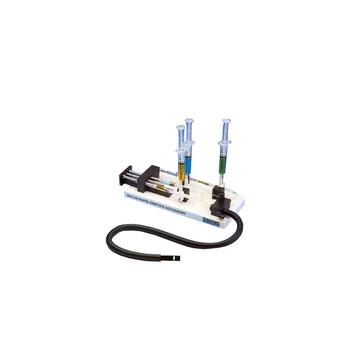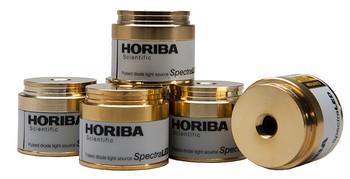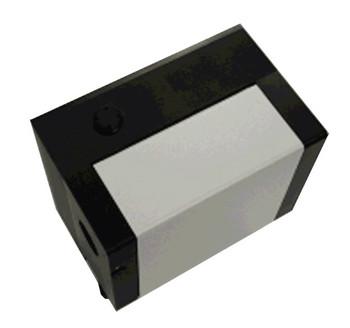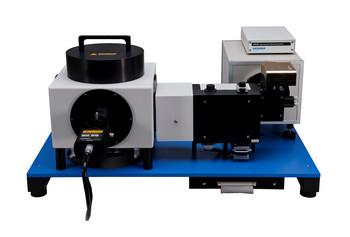
Use & Benefits
Automated Fingerprint/Palmprint Identification stand-alone desktop PC Systems are an affordable alternative to state based systems, offering the same powerful tools found on state systems at a fraction of the cost and in many cases increased accuracy.
A Complete System
All PrintQuest systems arrive as a complete package including a Dell desktop computer, scanner for 500/1000 DPI, laser printer, LCD monitor, keyboard, r/w DVD combo drives, Ethernet adapter, Battery Backup UPS, and ImgTool Image Enhancement software for latent image enhancement. The system includes detailed Audio/Video help functions to guide users through each step of the AFIS/APIS process. Three days of training at the user facility is standard, as is the one year of support.
Features
Powerful Skeleton Extraction
Unique extraction techniques and matching algorithms for skeleton information (ridge lines) give PrintQuest much higher accuracy than systems using only minutiae points in their matching software. PrintQuest displays commonly used line ends and line bifurcations, but the user works on the skeleton when preparing a latent for search. Approximate center, delta, angle and patterns should be indicated if known. Otherwise the user selects to search in 360 degrees of rotation, with no known center.
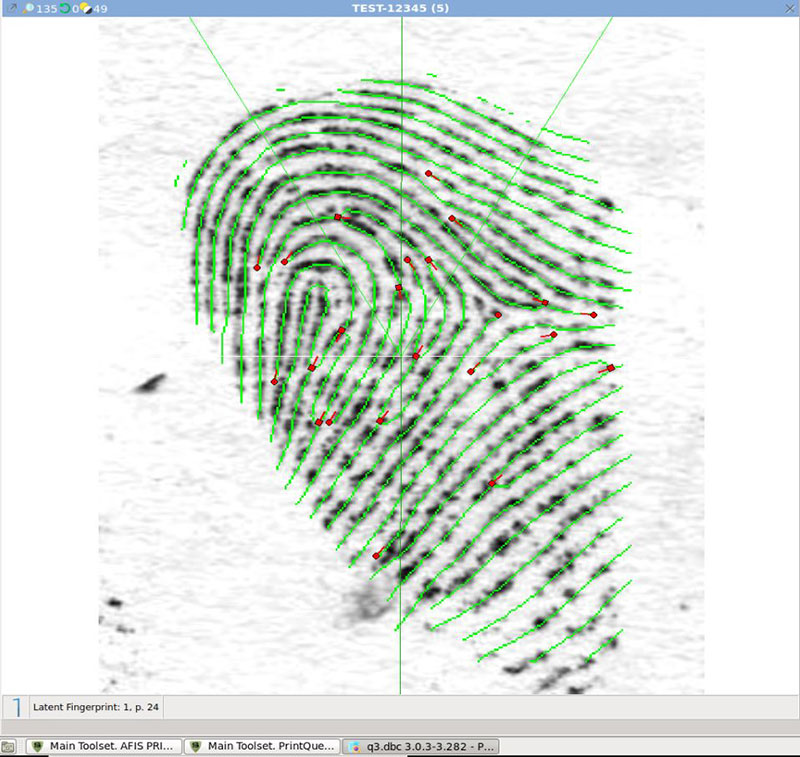
Automated Minutiae Extraction
In PrintQuest, it is not necessary to place minutiae points, on any print. PrintQuest features High Accuracy Auto-Extraction of centers, deltas, patterns, as well as minutiae points for unsurpassed user time savings on entry of prints. Auto-extraction allows PrintQuest® to be useful by both the novice and expert alike. Ten Print Card entry of fingers is simple and only requires user verification of centers, deltas, and patterns. The user is not required to edit minutiae points. For Palm Card entry, the user need only scan the palm images into the system as PrintQuest does the rest. Additionally, there is no need for splitting the palm into segments.
PrintQuest Search Types
The PrintQuest AFIS system allows the following search types
Fingerprint- Ten Print Card to Ten Print Card
- Detection of Aliases
- Ten Print Card to Latent print
- Reverse Search
- Latent print to Ten Print Card
- “Classic” Crime to Suspect
- Latent print to Latent print
- Linking Crime to Crime
| Palm- Palm Card to Palm Card
- Detection of Aliases
- Palm Card to Latent Palm
- Reverse Search
- Latent Palm to Palm Card
- “Classic” Crime to Suspect
- Latent Palm to Latent Palm
- Linking Crime to Crime
|
Facial
- Photo to Mugshot
- Video still to Mugshot
Additionally, the database can be searched by Biometric and Biographical data.
Fast and User-Friendly Tenprint Entry
PrintQuest features high accuracy auto-extraction of centers, deltas and patterns. The user can edit features, but PrintQuest saves users a lot of time because few corrections are required. Poor rolled prints can be replaced with slap prints. Palms and mugshots are saved with the Ten Print for their own searches.
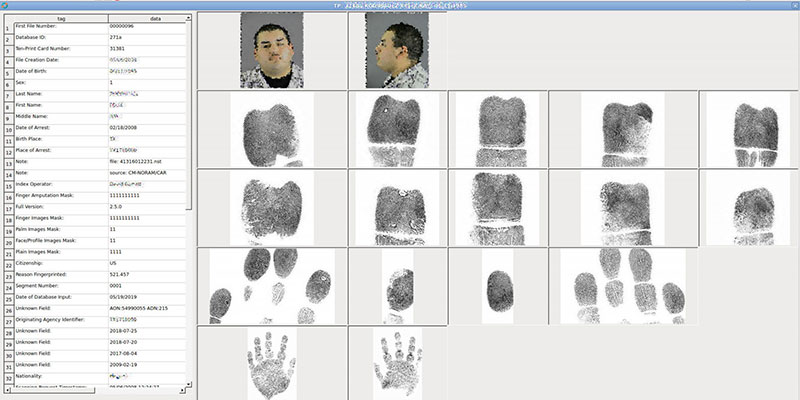
Ten print database full details screen. Displayed: Demographic Data, Mugshots, Rolled Prints, Slaps, Palms
Image Scale
PrintQuest does not require the use of scaled latents. The software has a built in “Independent Scaling Tool” that offers the ability to work with latent prints of any (even unknown) scale without influence on the accuracy of matching results. If the scale is known, the user sets it. If the scale is unknown, the Independent Scaling Tool is used.
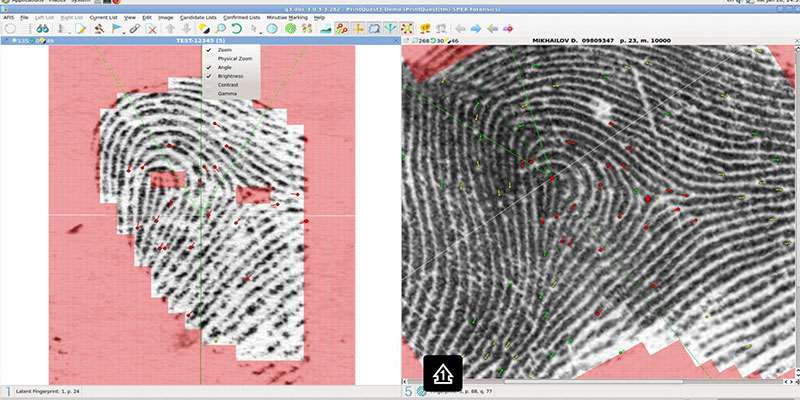
A latent finger to TP card hit with common points selected by user.
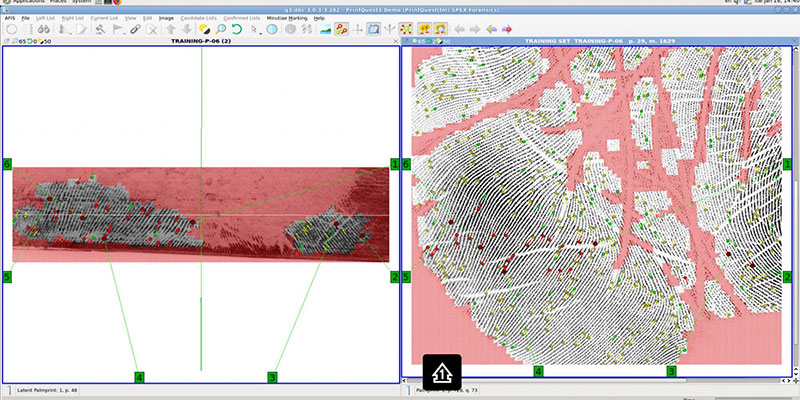
A palm latent to palm card hit with common points selected by user.
Linux Operating System
PrintQuest runs on the Linux Operating System. Linux is a cousin of the UNIX Operating System utilized by most State AFIS Systems. Linux was chosen to support PrintQuest® for its stability (dedicated system), performance (true multitasking), and security. Linux uses familiar PC concepts and features of a Windows™ environment and creates a user friendly interface but provides a more secure, stable and reliable platform. This provides our users with the familiarity of a window based environment without sacrificing the stability of a Linux operating system. Linux provides all of the advantages of windowed software.
The Operating System is invisible to the user as PrintQuest has its own interface, which allows the user to perform all the needed functions from its main screen.
Unlike other Windows™ based AFIS systems which are simple software programs, PrintQuest is a highly sophisticated, dedicated system designed for a singular purpose; to match prints. PrintQuest is designed to be a dedicated system that runs 24 hours a day, 7 days a week, 365 days a year. While the machine is on, it is working, running background searches and finishing up any backlog related to the entry of information.
However, if workstations are used, the user has the option of a Linux or Windows terminal. Thus allowing third party software programs that are Windows™ specific, such as a case management program software to be used.
Friendly User Interface
PrintQuest AFIS includes friendly, easy-to-use interfaces for all system modules. When demoed to a prospective customer, PrintQuest is routinely ranked as the easiest system to use. The interface is designed for expert and novice alike. Please contact us for a list of users to speak with. Ask them how easy it is to use PrintQuest.
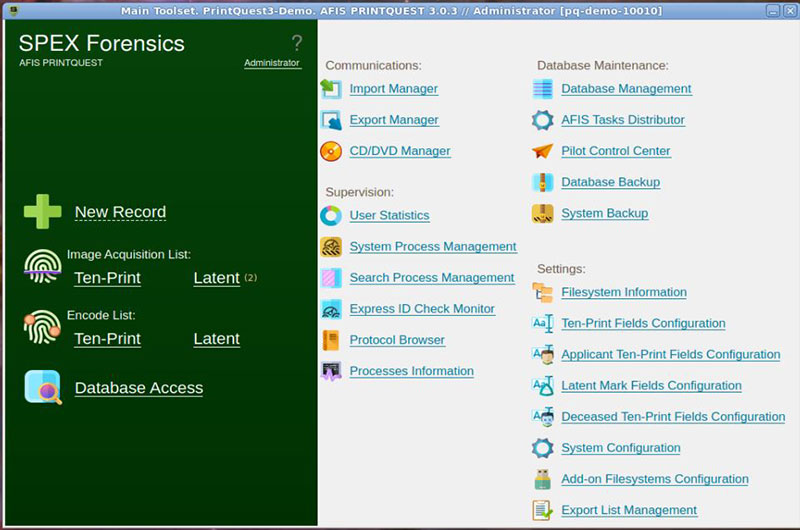
PrintQuest main screen. All applications, modules, and functions can be accessed from one central location. Access to individual areas and processes can be password controlled.
Easy System Restore
PrintQuest features automatic archiving of entered data. While archiving to external HDD and removing them to a secure site is recommended, dual hard drives in the system replicate data in case of hard drive failure. In emergency situations, the whole database structure can easily be restored from one hard drive once the failed hard drive is replaced. There is a full set of tools for complete database management, including diagnosing and repairing data segments. In the event of power failure at the user facility, PrintQuest is designed to back up the current search data and information while it shuts itself down. Once power is restored, simply turning the system on allows PrintQuest to pick up where it left off. These are standard features.
Size-Specific Pricing
Desktop AFIS systems usually come in a “one size fits all” configuration. An unlimited database is nice but, if you don’t have the data (recent ten print cards) to support it and the means to load the database then this type of system may be a waste of good dollars that can be used elsewhere, like workstations. By varying the size of the database and varying the corresponding List Price, PrintQuest systems have been designed to allow users to purchase the systems that best serve their immediate need as well as the anticipated need for 3 to 4 years. Any size specific PrintQuest AFIS may be upgraded to a larger database at any time. PrintQuest databases can be scaled from thousands to millions of Ten Print Cards.

